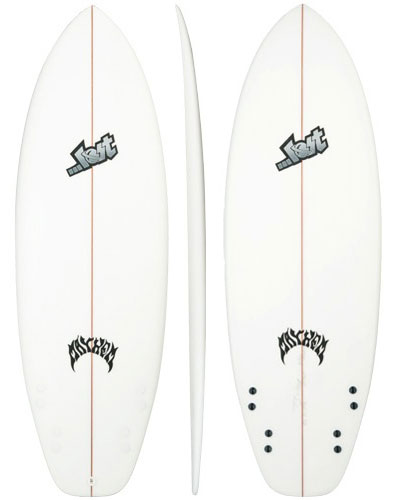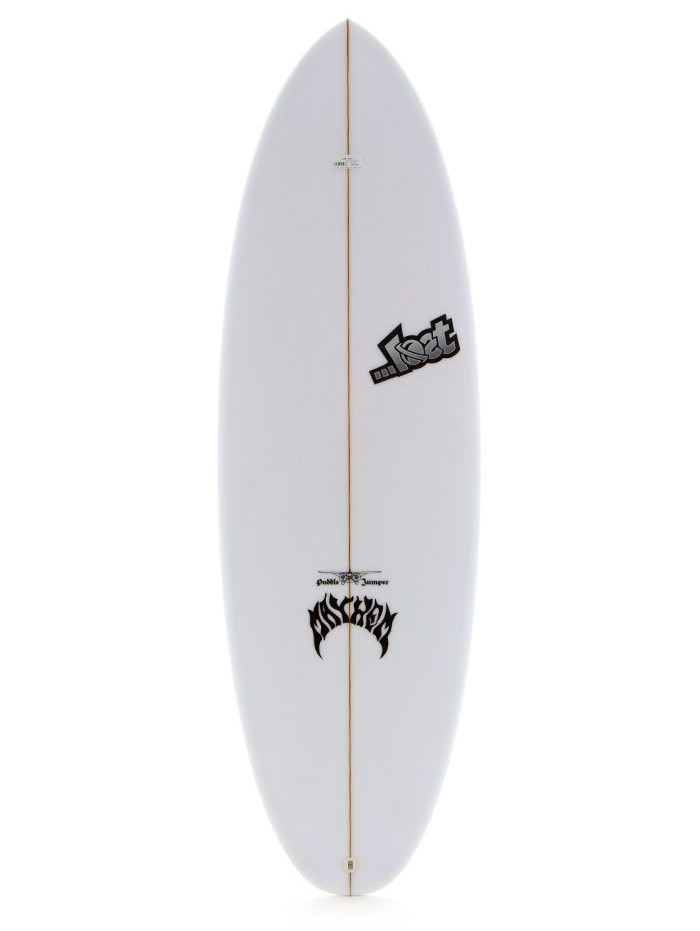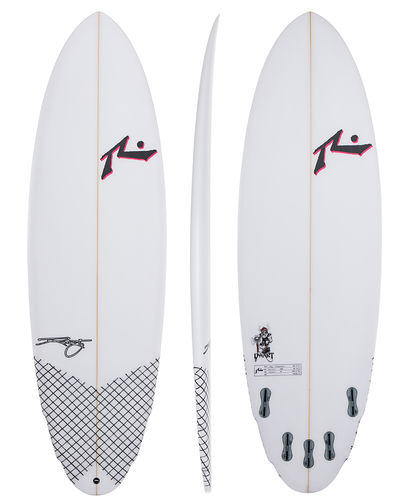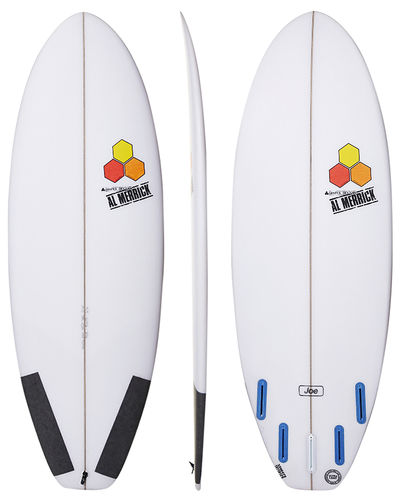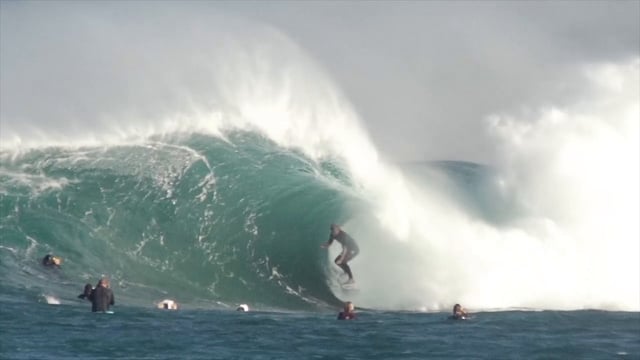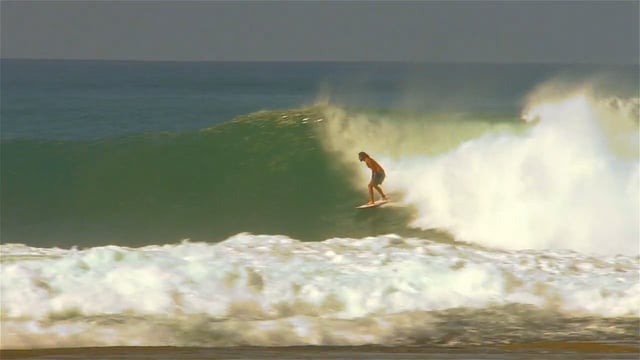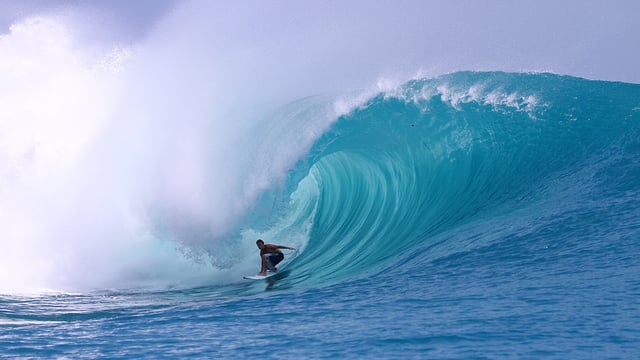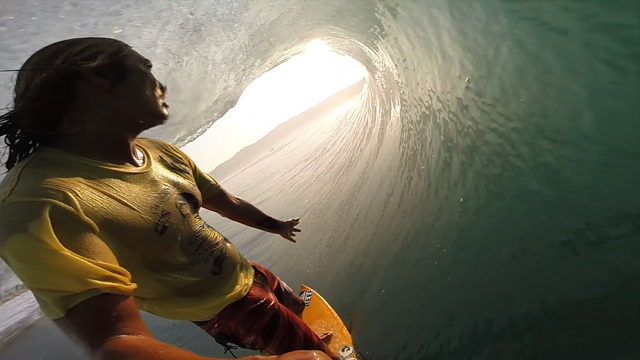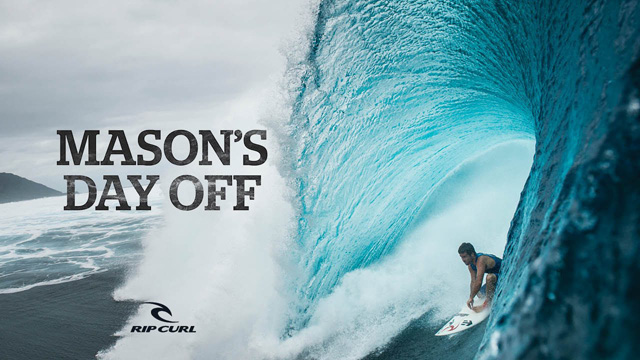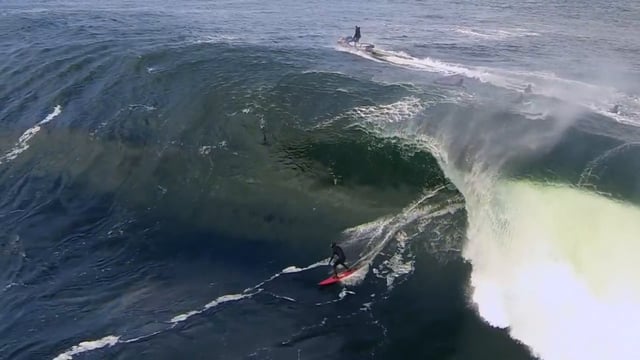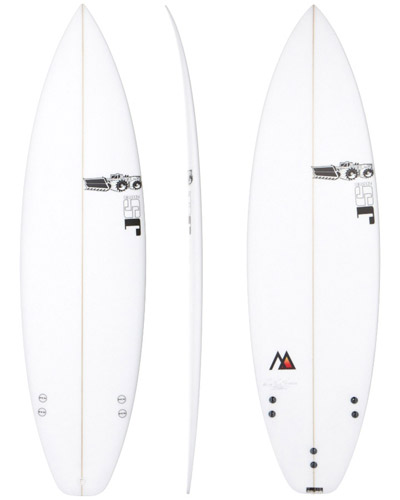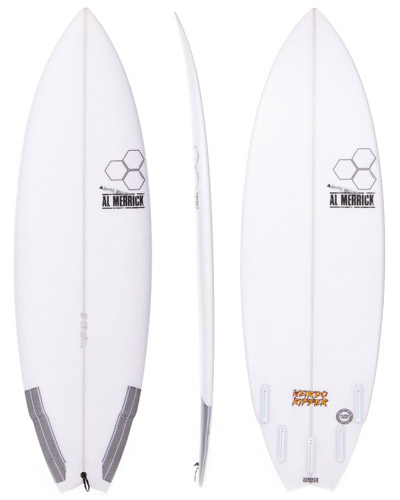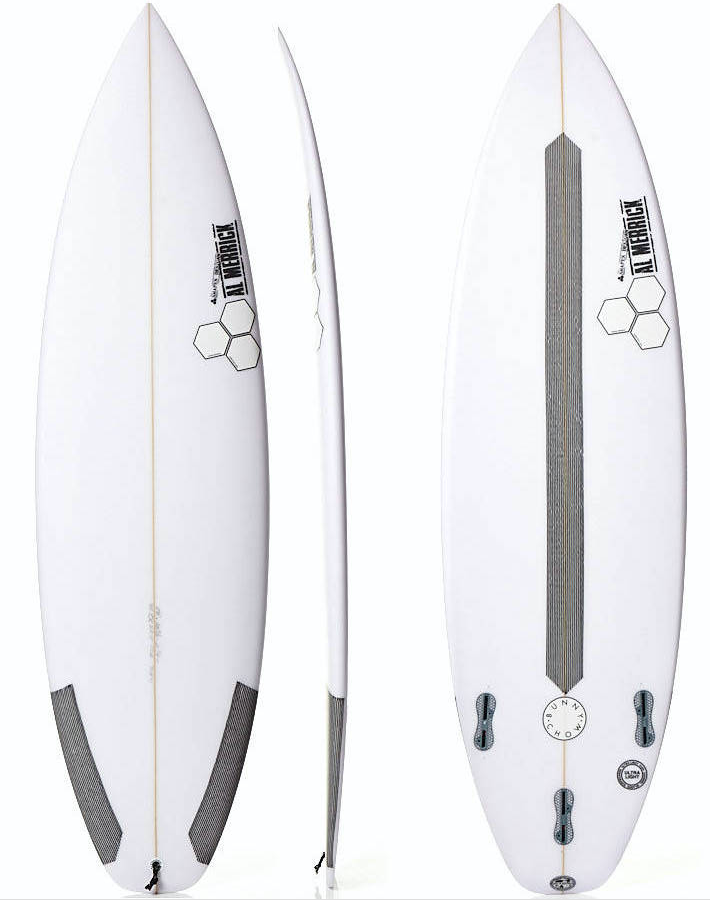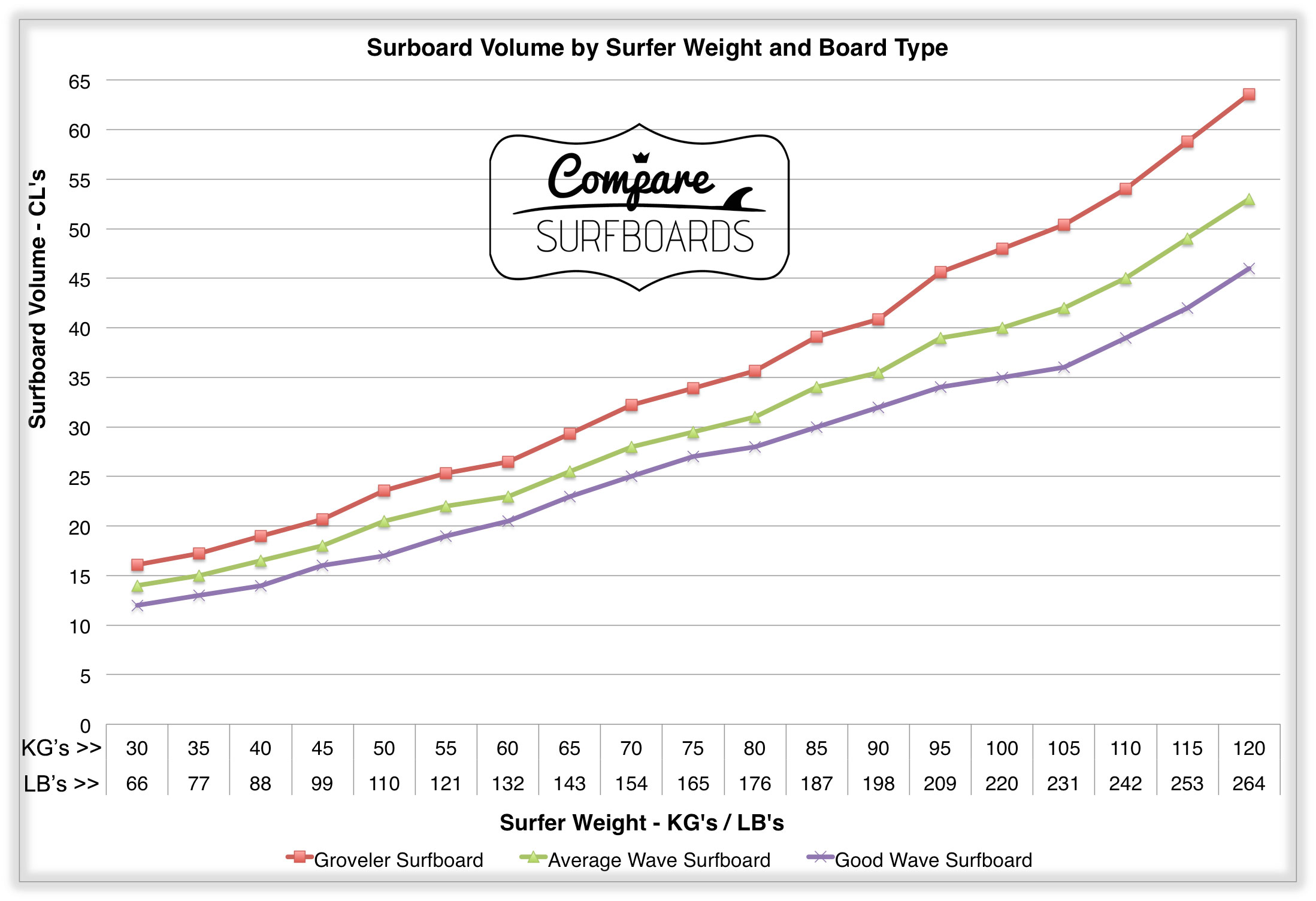
Whether you’re a newbie, pro or anywhere in between, you’re going want to have a good idea of how the volume of your surfboard will play into your style of surfing.
Surfboards come in all kinds of shapes and sizes. Since the 60’s, revolutions in design have created boards that can perform for just about anybody in any kind of condition and any kind of wave. There’s not a wave on this planet that can’t be ridden on some type of surfboard. Having a good understanding of where you stand as a surfer – you’re ability, skill level, etc – will give you the knowledge to decide how much and what kind of volume you’ll want for your board. The following will give you an idea of how board volume matches up to each particular type of wave and each level of surfer. Afterwards, you’ll be able to read board descriptions online and choose the right board for your customized style of surfing.
The basic idea of surfboard volume is this: more volume equals more stability and ease of paddling. To illustrate the point of the latter, imagine two extremes: a surfboard that’s so short and with such little volume that you’re practically underwater while paddling; and a board that is 12ft long with lots of volume. The former will have a lot of water resistance creating a high amount of drag, making paddling difficult; while the latter will have you floating high above the water, which gives glide and almost no resistance.
If you’re a beginner, you want to have more volume. As a beginner, you won’t have the particular muscles needed to sustain a decent length of surfing and so having more volume will make catching waves that much easier, and will inevitably make your introduction into surfing a lot more fun. I say this from personal experience. I was an impatient newbie surfer. I wanted to shortboard right away and start doing all the crazy acrobatic tricks from the surf videos that inspired me. I spent a whole year riding the wrong board and being incredibly frustrated. When I finally tried a longboard with more volume, I felt like I was finally able to enjoy what I was doing. It was so easy. I wasn’t frustrated anymore, and I could get down the basics. I was able to see a realistic path of what I could do to progress down to a being able to do the tricks I’d set out to do when I’d started.
Now, this doesn’t mean that you need to get a longboard for your first board. As longboards can be expensive new, anywhere from $600 to well over $1000, it just wouldn’t make sense to drop this kind of money if you’re final goal is to shortboard. If you can get your hands on a second hand longboard, great; you might get lucky and find something for $200 that’ll last until you can step down to a smaller board. If not, no worries, there’s another option: more volume. As a beginner, you have the option of getting the feel of a shortboard while having enough stability to learn on. In my case, I thought I was doing this by getting a 7’0”, which has a foot more volume than the length of a shortboard I could be using. But there are more types of volume than length – and this is where I went wrong.
The two other types of board volume are thickness and width. My mistake was getting a board that still had the thickness and width of a smaller board. Not adding these two volumes to the equation really made my extra foot of volume useless. A 7’0”, with the same measurements as a smaller board, isn’t going to feel any different or be any easier for a beginner to learn on. The measurements you’ll want to look for for your first board will vary depending on your weight and height. The bigger you are, the more volume you want, and inversely, the smaller you are, the less volume you’ll need. A great website to go to for calculating the right amount of volume for your next board is www.lostsurfboards.net/volume-calculator/.
If you’re going to be looking for a board in a physical shop, you can look for certain design characteristics to determine which board you should choose. Look for boards that have thick rails, ones that you can wrap your fingers over and feel a good amount of meat. Also look for a wide nose. The nose should be about the same width as the tail, so the board should look somewhat symmetrical, instead of having a pointy nose. Lastly, look for something that has a center width that’s about as wide as your shoulders, this is a good marker to measure up to your particular body structure.
Once you’ve calculated the right volume for your new board check out our surfboard reviews.

